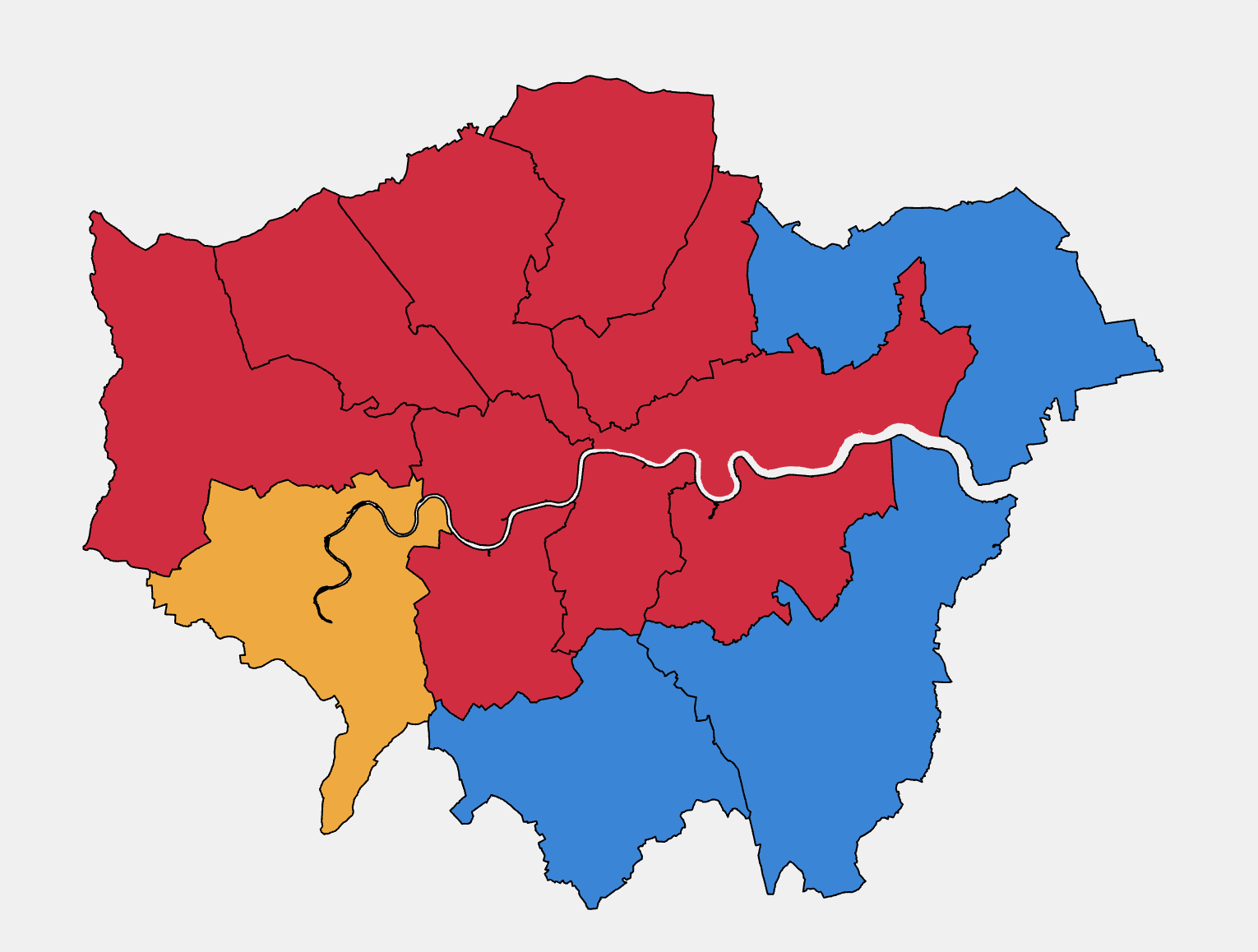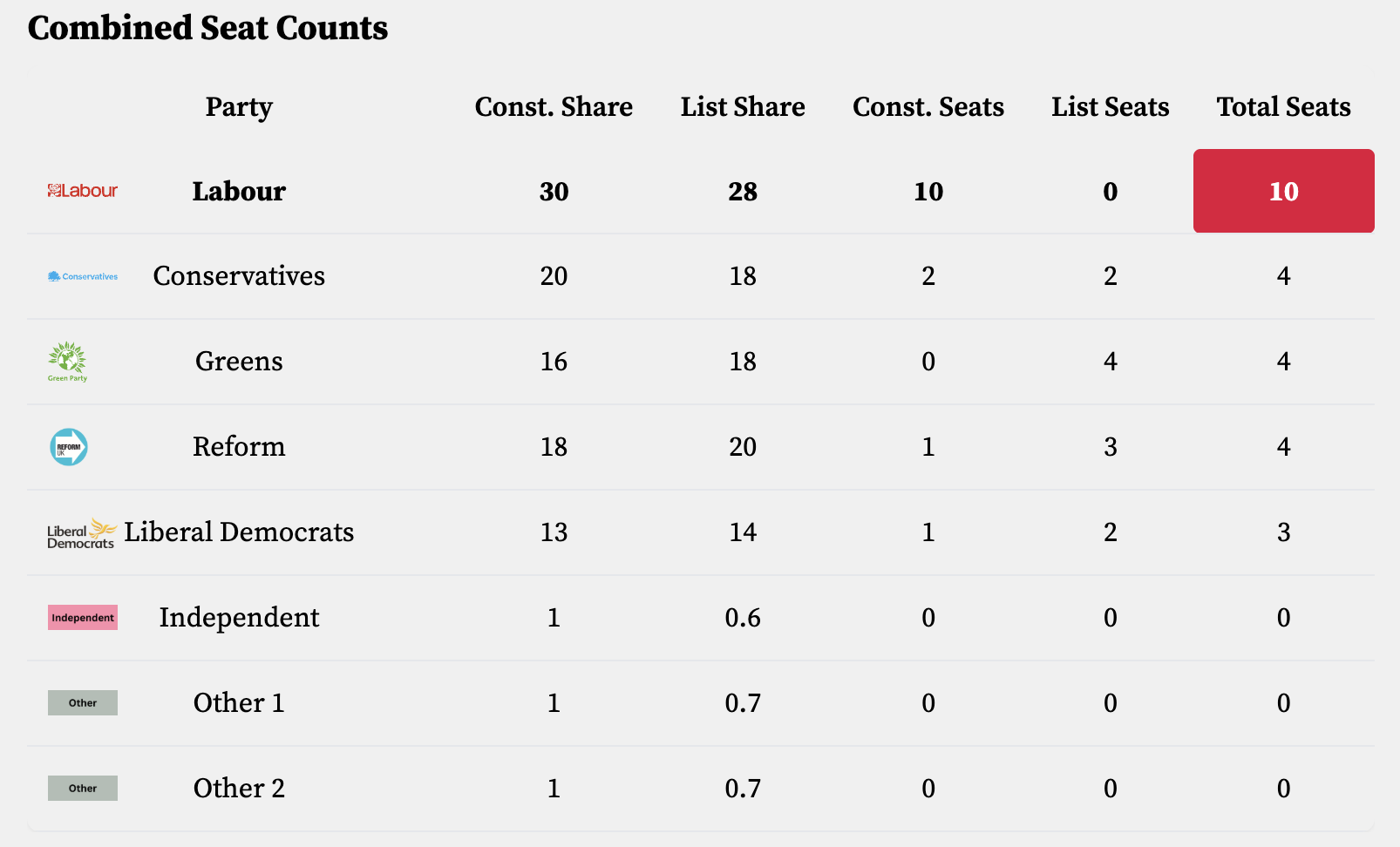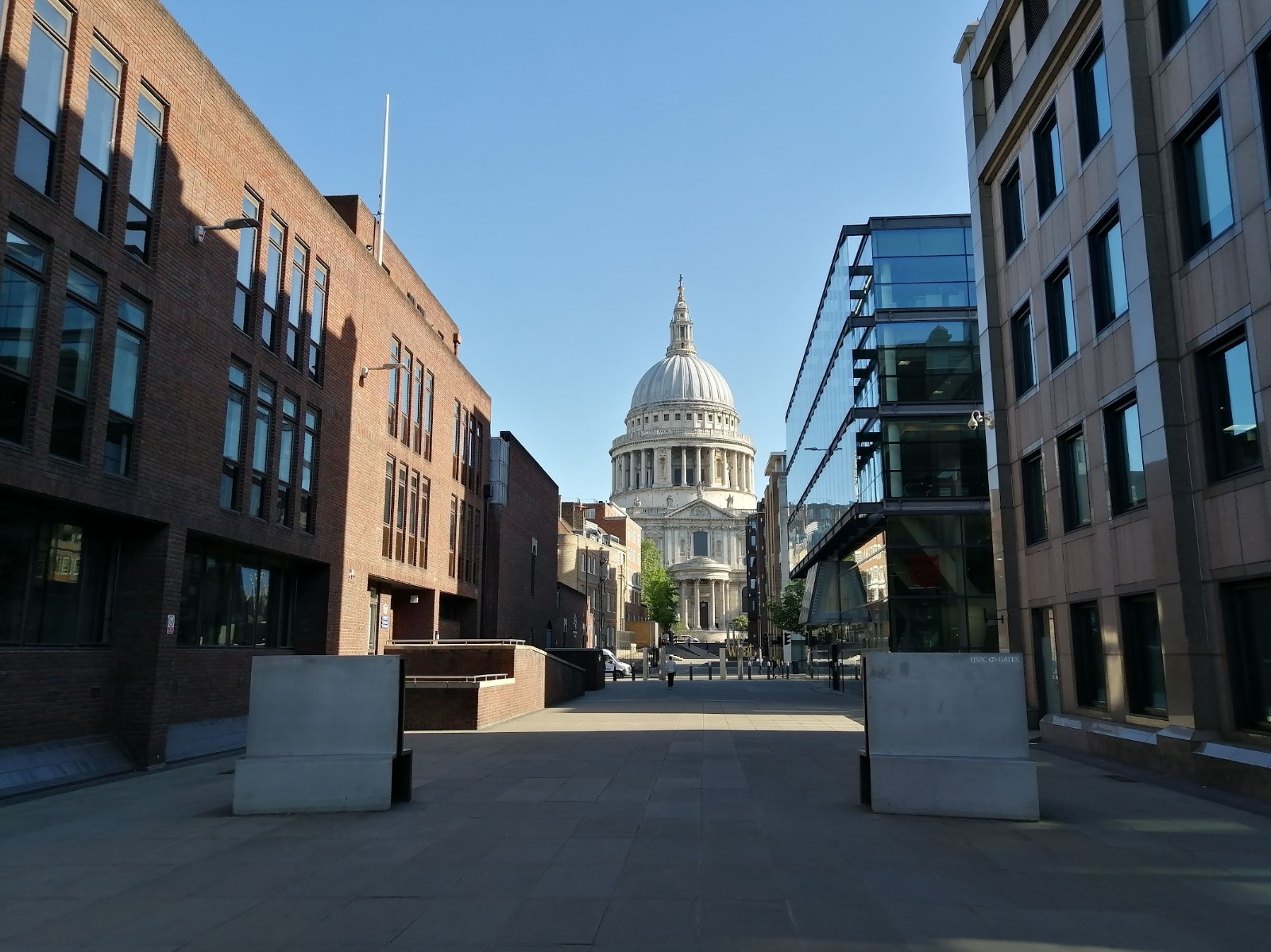The London Assembly plays an important role in governing one of Europe’s largest cities and represents an enormous number of people. More than twice as many people voted in the 2024 London Assembly election than voted in election for the Welsh Senedd, and more than three times the number who turned out for the last Northern Irish Assembly. However, it is all too often overlooked with focus instead falling on the Mayor of London who forms the other half of the Greater London Authority.
There are good reasons for this, the Mayor is ultimately in control and has executive power. The Assembly’s main job is to keep the Mayor in check and ensure they do their job correctly, they can amend the budget, launch investigations and campaign for changes to Mayoral policy. It can’t pass any laws. In terms of power, it is well above the level of any local authority/council in the UK and is considered to be a mid-tier governing body.
This site now provides what we believe to be the only editable projection of the next London Assembly and we now have a complete suite of projections for all four mid-tier chambers in the UK. All four projections use different methodologies to account for their different electoral systems and competing parties to further this site’s aim of providing a simple tool to understand how our elections work.
How it works
The Assembly is elected via the Additional Member System (AMS) which is similar in some ways to the Scottish system, but on a much smaller scale. As in Scotland, parties can choose to contest the constituencies, the London-wide list or both. You can also stand in just one or two constituencies if you’d prefer.There are 14 constituencies which are made up of a collection of nearby Boroughs, each constituency elects a single Assembly Member (AM) for a four year term. Since the Assembly was founded in 2000 every single constituency seat was won by either Labour or the Conservatives until the Liberal Democrats won in South West London in May 2024.

A further 11 seats are given out to parties which are underrepresented on the constituency ballot. This is determined via the D’Hondt formula and is relatively proportional, although very small parties are legally prevented from winning London-wide seats if they do not receive 5% of the list vote. Larger parties tend to benefit from this.
List seats are currently held by the Greens, Reform as well as the three traditional parties. UKIP and the BNP have previously been represented in the Assembly after crossing the 5% threshold. The Christian People’s Party (2000), Respect (2004), the Women’s Equality Party (2016), and others, have all won enough votes to get a seat via pure D’Hondt but were blocked by the threshold.
This is also why we have 2 'Others.' If all others were combined they'd cross the 5% threshold in most years.
Legal cut offs are fairly common in proportional elections around the world; Germany also has a mandatory 5% limit. There are no legal limits in the other devolved elections, the de facto lower limit in Scotland is around 6%. Meanwhile in Wales and Northern Ireland it’s around 10%.
Polling average
The lack of polling for devolved elections is a problem across the UK, but is particularly acute in London. We do have a polling average but so far there has only been a single poll which was conducted by FindOutNow, a company which we are not huge fans of: their sample is made up of users of PickMyPostcode.com which may not be a completely fair reflection of society.Currently, our Nowcast is based entirely on this one poll so is very unreliable so remember our usual caveat: Do not bet on any of our projections!

The Mayor
Since 2024 the London Mayor has been elected by First Past the Post so there’s no fun in creating an editable projection. If you think Labour will get 40% and the Conservatives on 30% of the votes then you’d just get a bar chart with Labour on 40% and Conservatives on 30% etc.
